Home>Gardening & Outdoor>Pool & Spa Care>Why Is My Polaris Pool Cleaner Not Working
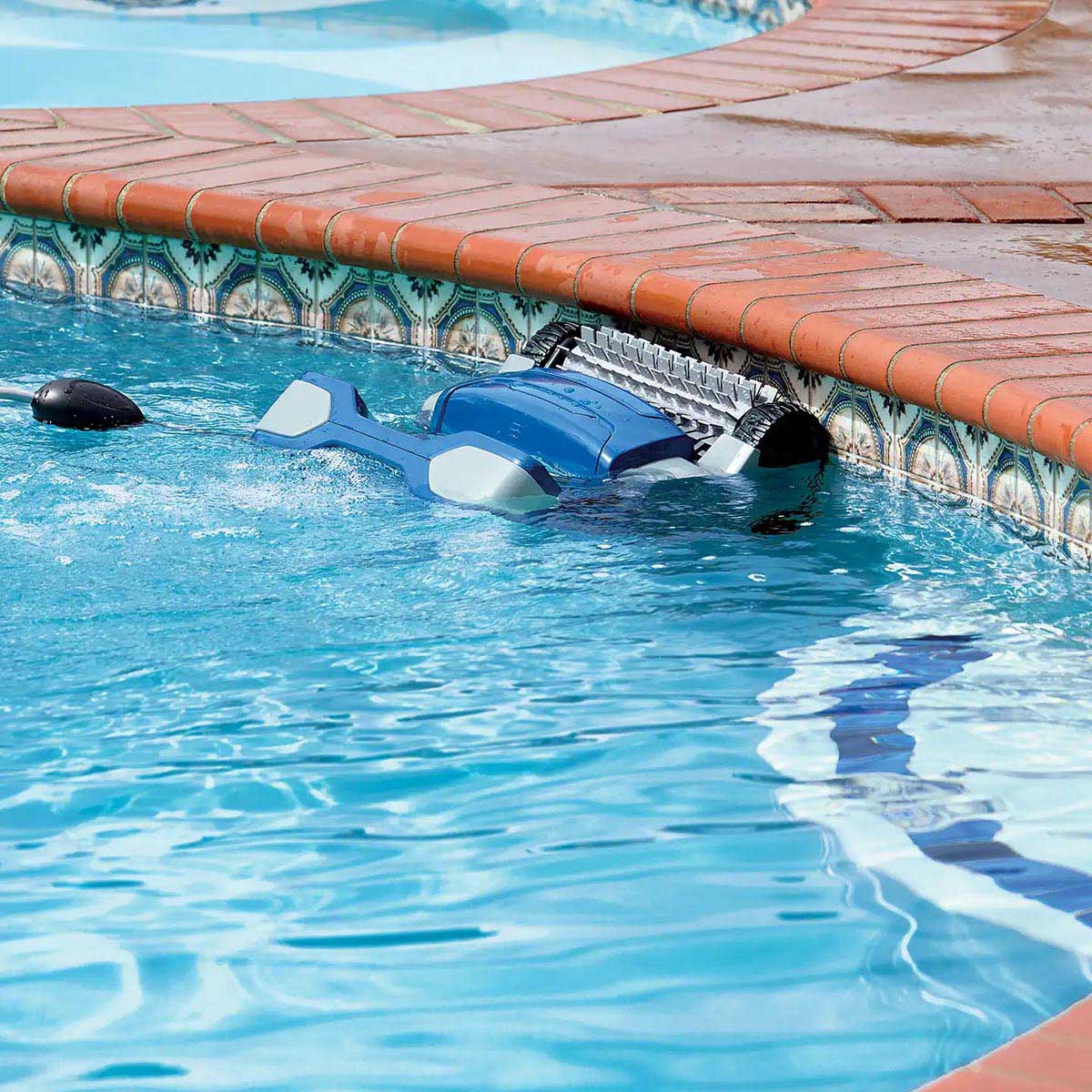

Pool & Spa Care
Why Is My Polaris Pool Cleaner Not Working
Modified: October 20, 2024
Discover common reasons why your Polaris pool cleaner may not be working and learn expert tips for troubleshooting and maintenance. Ensure optimal performance with our pool and spa care advice.
(Many of the links in this article redirect to a specific reviewed product. Your purchase of these products through affiliate links helps to generate commission for Storables.com, at no extra cost. Learn more)
Introduction
Owning a pool is a source of joy and relaxation, but it also comes with the responsibility of maintenance. A clean and well-maintained pool not only looks inviting but also ensures a safe and healthy swimming environment for you and your family. Polaris pool cleaners are renowned for their efficiency in keeping pools pristine, but like any mechanical device, they can encounter issues from time to time.
If you've noticed that your Polaris pool cleaner is not working as it should, fear not! In this guide, we will delve into the common issues that can affect Polaris pool cleaners and provide troubleshooting steps to help you get your cleaner back in top form. Whether it's a lack of movement, ineffective cleaning, or any other problem, we'll explore the potential causes and solutions to get your pool cleaner operating at its best once again.
So, grab your maintenance hat and let's dive into the world of Polaris pool cleaner troubleshooting!
Key Takeaways:
- Keep your Polaris pool cleaner in top form by checking the power supply, inspecting the filter bag, and cleaning the wheels and brushes. Regular maintenance ensures a sparkling clean pool for your enjoyment.
- Address potential issues like pump and filtration system efficiency, pool surface irregularities, and water chemistry to optimize your Polaris pool cleaner’s performance. Proactive care leads to a consistently clean and inviting pool environment.
Read more: How Does The Polaris Pool Cleaner Work
Common Issues with Polaris Pool Cleaners
Polaris pool cleaners are renowned for their effectiveness in keeping pools clean and inviting. However, like any mechanical device, they can encounter issues that hinder their performance. Understanding the common problems that can affect Polaris pool cleaners is the first step in troubleshooting and resolving any issues you may encounter.
One common issue that pool owners may face is the cleaner’s lack of movement. If your Polaris pool cleaner is not moving or only moving sporadically, it can lead to ineffective cleaning and leave your pool looking less than pristine. Another issue that can arise is the cleaner getting stuck in one area of the pool, failing to cover the entire pool surface as it should. Additionally, you may notice that the cleaner is not effectively picking up debris or that its overall cleaning performance has diminished.
Understanding these common issues will empower you to identify the specific problem affecting your Polaris pool cleaner and take the necessary steps to address it. By familiarizing yourself with these potential issues, you can effectively troubleshoot the problem and restore your pool cleaner to optimal functionality.
Now that we’ve outlined the common issues that can affect Polaris pool cleaners, it’s time to delve into the troubleshooting steps to identify and resolve these issues. By following these steps, you’ll be well-equipped to address any problems that may arise and ensure that your pool cleaner operates at its best, keeping your pool sparkling clean and ready for enjoyment.
Troubleshooting Steps
When your Polaris pool cleaner is not performing as expected, it’s essential to follow a systematic approach to identify and address the underlying issues. By taking the following troubleshooting steps, you can effectively diagnose the problem and implement the necessary solutions to restore your pool cleaner’s optimal functionality.
Let’s dive into the essential troubleshooting steps to get your Polaris pool cleaner back on track:
- Checking the Power Supply: Start by ensuring that the power supply to the pool cleaner is uninterrupted. Verify that the power cord is properly connected and that there are no issues with the power source. If the cleaner is not receiving adequate power, it may exhibit performance issues.
- Inspecting the Filter Bag: The filter bag or canister plays a crucial role in capturing debris and preventing it from re-entering the pool. Inspect the filter bag for any tears, clogs, or damage that may hinder its effectiveness. Clean or replace the filter bag as needed to optimize the cleaner’s debris-capturing capabilities.
- Cleaning the Wheels and Brushes: Over time, debris and dirt can accumulate on the wheels and brushes of the pool cleaner, impeding their movement and cleaning performance. Thoroughly clean the wheels and brushes to remove any obstructions and ensure smooth operation.
- Verifying the Hose Connections: Check the hose connections to ensure they are secure and free from leaks. Any loose or damaged connections can disrupt the cleaner’s movement and overall functionality. Reconnect or replace hoses as necessary to maintain optimal performance.
By systematically addressing these troubleshooting steps, you can effectively identify and resolve common issues that may be affecting your Polaris pool cleaner. However, if the problem persists after performing these steps, there may be other potential issues that require further attention.
Now that we’ve covered the initial troubleshooting steps, let’s explore additional measures to address other potential problems that may be impacting your Polaris pool cleaner’s performance.
Checking the Power Supply
When your Polaris pool cleaner exhibits signs of malfunction, one of the first steps in troubleshooting is to inspect the power supply. A reliable power source is essential for the efficient operation of the pool cleaner, and any disruptions in the power supply can lead to performance issues. Here’s how to effectively check and address potential power supply-related issues:
Verify the Power Cord: Begin by inspecting the power cord of the pool cleaner. Ensure that it is securely connected to a power source and that there are no visible signs of damage or wear along the length of the cord. If there are any frayed or damaged sections, it’s crucial to replace the power cord to prevent electrical hazards and ensure a consistent power supply to the cleaner.
Check the Power Outlet: If the power cord is in good condition, proceed to check the power outlet supplying electricity to the pool cleaner. Test the outlet with another electrical device to confirm that it is functioning correctly. If the outlet is not providing power, investigate the underlying cause, such as a tripped circuit breaker or a faulty outlet, and address the issue to restore power to the cleaner.
Inspect the Power Source: In some cases, the power supply to the pool area may be interrupted due to issues with the main electrical panel or the circuit breaker. Verify that the circuit breaker associated with the pool cleaner is not tripped and that the electrical panel is providing consistent power. If a tripped breaker is identified, reset it and monitor the power supply to ensure stability.
Consider Voltage Fluctuations: Fluctuations in voltage can impact the performance of electrical devices, including pool cleaners. If your pool area experiences frequent voltage fluctuations, consider installing a voltage stabilizer or surge protector to regulate the power supply and protect the cleaner from potential damage caused by electrical irregularities.
By meticulously examining the power supply to your Polaris pool cleaner and addressing any issues that may arise, you can ensure that the cleaner receives a reliable and uninterrupted power source, enabling it to operate at its full potential. Once you’ve confirmed that the power supply is stable and consistent, you can proceed to address other potential issues that may be affecting the cleaner’s performance.
Inspecting the Filter Bag
The filter bag or canister of your Polaris pool cleaner plays a pivotal role in capturing debris and preventing it from re-entering the pool water. A clogged or damaged filter bag can significantly impact the cleaner’s effectiveness and overall performance. Here’s how to effectively inspect and address potential issues related to the filter bag:
Examine the Filter Bag: Start by removing the filter bag or canister from the pool cleaner. Thoroughly inspect the bag for any tears, clogs, or damage that may impede its filtration capabilities. Pay close attention to the seams and fabric to ensure there are no visible signs of wear or deterioration that could compromise its functionality.
Clean or Replace the Filter Bag: If the filter bag is clogged with debris, carefully remove the accumulated dirt and debris to restore its filtration efficiency. For heavily soiled or damaged filter bags, it may be necessary to replace them with new, undamaged ones to ensure optimal debris capture and prevent contaminants from circulating back into the pool.
Check for Debris Buildup: Inspect the interior of the pool cleaner and the filter compartment for any debris accumulation that may have bypassed the filter bag. Clear any debris from these areas to prevent obstructions and ensure unimpeded water flow through the filtration system.
Inspect the Hose and Connections: While examining the filter bag, also check the hoses and connections for any blockages or leaks that may affect the flow of water through the filtration system. Secure any loose connections and clear any obstructions to maintain optimal water circulation and filtration efficiency.
By diligently inspecting and maintaining the filter bag of your Polaris pool cleaner, you can ensure that it effectively captures debris and maintains the cleanliness of your pool water. A well-maintained filter bag not only enhances the cleaner’s performance but also contributes to a consistently pristine pool environment for your enjoyment.
With the filter bag in optimal condition, you can proceed to address other potential issues that may be affecting your Polaris pool cleaner’s functionality, ensuring that it operates at its best to keep your pool sparkling clean.
Check the filter bag for debris and clean it if necessary. Also, make sure the hoses are not twisted or blocked, and the water flow is adequate.
Read more: Why Is My Dolphin Pool Cleaner Not Working
Cleaning the Wheels and Brushes
The wheels and brushes of your Polaris pool cleaner play a crucial role in maneuvering through the pool and effectively scrubbing away debris and contaminants. Over time, these components can become clogged with dirt and debris, hindering their movement and cleaning performance. Here’s how to effectively clean and maintain the wheels and brushes of your Polaris pool cleaner:
Remove the Pool Cleaner from the Water: Before cleaning the wheels and brushes, carefully remove the pool cleaner from the water and place it on a flat surface to facilitate inspection and maintenance.
Inspect the Wheels and Brushes: Thoroughly examine the wheels and brushes for any accumulation of dirt, debris, or tangled materials that may impede their movement and cleaning action. Pay close attention to the axles and bearings of the wheels to ensure they are free from obstructions that could affect their rotation.
Clean the Wheels and Brushes: Using a soft brush or cloth, gently scrub away any dirt, algae, or debris adhering to the wheels and brushes. For stubborn deposits, carefully remove the debris using a non-abrasive cleaning tool to avoid damaging the surfaces of the components.
Rinse with Water: After removing the visible dirt and debris, rinse the wheels and brushes thoroughly with clean water to ensure all residues are effectively flushed away. Pay particular attention to the brush bristles and ensure they are free from any entangled debris that could affect their cleaning performance.
Inspect the Drive Belts: While cleaning the wheels, inspect the drive belts for any signs of wear, stretching, or damage. Worn-out or damaged drive belts can affect the movement of the wheels and may require replacement to restore optimal functionality.
Lubricate Moving Parts: Apply a small amount of silicone lubricant to the axles and bearings of the wheels to facilitate smooth movement and reduce friction. This simple maintenance step can prolong the life of the components and enhance the overall performance of the pool cleaner.
By regularly cleaning and maintaining the wheels and brushes of your Polaris pool cleaner, you can ensure that it continues to maneuver effectively through the pool and scrub away debris, maintaining a clean and inviting swimming environment. With these components in optimal condition, your pool cleaner will be well-equipped to deliver exceptional cleaning performance, leaving your pool sparkling and ready for enjoyment.
With the wheels and brushes thoroughly cleaned and maintained, you can proceed to address other potential issues that may be affecting your Polaris pool cleaner’s functionality, ensuring that it operates at its best to keep your pool pristine.
Verifying the Hose Connections
The hose connections of your Polaris pool cleaner play a critical role in facilitating the flow of water and ensuring proper maneuverability as the cleaner navigates the pool surface. Any issues with the hose connections, such as leaks or disconnections, can disrupt the cleaner’s performance and lead to inefficiencies in cleaning. Here’s how to effectively verify and address potential problems with the hose connections of your Polaris pool cleaner:
Inspect the Hose Connections: Begin by carefully examining the hose connections, including the points where the hoses attach to the cleaner and where they connect to the pool’s filtration system. Look for any signs of leaks, loose connections, or damage to the hoses that may affect the flow of water through the system.
Tighten Loose Connections: If you identify any loose hose connections, securely tighten them to prevent water leakage and maintain a consistent flow of water to the cleaner. Ensure that the connections are snug but not overtightened, as excessive force can damage the fittings.
Replace Damaged Hoses: If any hoses show signs of wear, cracks, or damage that compromise their integrity, it’s essential to replace them with new, undamaged hoses. Damaged hoses can lead to water loss and reduced cleaning performance, so maintaining a set of high-quality replacement hoses is crucial for ongoing maintenance.
Check for Obstructions: Inspect the interior of the hoses for any obstructions, such as debris or tangled materials that may impede the flow of water. Clear any blockages to ensure unimpeded water circulation through the hoses and connections.
Verify the Hose Length: Ensure that the length of the hoses is appropriate for your pool size and configuration. Hoses that are too long or too short can hinder the cleaner’s movement and coverage, affecting its overall cleaning efficiency. Adjust the hose length as needed to optimize the cleaner’s performance.
Test the Water Flow: Once the hose connections are inspected and addressed, test the water flow through the cleaner to verify that it is consistent and robust. Adequate water flow is essential for the cleaner’s movement and cleaning action, so ensuring a steady supply of water is crucial for its optimal performance.
By meticulously verifying the hose connections of your Polaris pool cleaner and addressing any issues that may arise, you can ensure that the cleaner receives a reliable and uninterrupted water supply, enabling it to navigate the pool surface and effectively remove debris. Once you’ve confirmed that the hose connections are secure and functional, you can proceed to address other potential issues that may be affecting the cleaner’s performance.
Addressing Other Potential Problems
While the troubleshooting steps outlined earlier encompass common issues and maintenance tasks for Polaris pool cleaners, there are additional potential problems that may impact the cleaner’s performance. By addressing these issues, you can ensure that your pool cleaner operates at its best, delivering exceptional cleaning results and maintaining a pristine pool environment. Here are some additional measures to consider when addressing other potential problems:
- Inspect the Pump and Filtration System: The efficiency of the pool cleaner is closely linked to the performance of the pool’s pump and filtration system. Regularly inspect and maintain these components to ensure they are functioning optimally, providing the necessary water flow and filtration to support the cleaner’s operation.
- Check for Pool Surface Irregularities: Uneven or rough pool surfaces can impact the movement of the cleaner and contribute to premature wear on its components. Address any surface irregularities or rough areas to facilitate smooth navigation and prolong the longevity of the cleaner.
- Monitor Water Chemistry: Proper water chemistry is essential for maintaining a clean and healthy pool environment. Regularly test and adjust the water chemistry to prevent the accumulation of algae, scale, or other contaminants that may affect the cleaner’s performance.
- Review the Cleaner’s Operating Schedule: Evaluate the frequency and duration of the cleaner’s operating schedule to ensure it aligns with the specific cleaning needs of your pool. Adjust the cleaning schedule as needed to accommodate changes in pool usage and environmental conditions.
- Consider Professional Maintenance: If you encounter persistent issues or are unsure about performing certain maintenance tasks, consider seeking professional maintenance services for your Polaris pool cleaner. Professional technicians can conduct thorough inspections and maintenance to keep your cleaner in top condition.
By addressing these additional potential problems and implementing proactive maintenance measures, you can optimize the performance and longevity of your Polaris pool cleaner, ensuring that it continues to deliver exceptional cleaning results and contribute to a pristine pool environment. Regular maintenance and attentive care will help you get the most out of your pool cleaner, allowing you to enjoy a consistently clean and inviting swimming experience.
With these measures in place, you can rest assured that your Polaris pool cleaner is operating at its best, efficiently maintaining your pool’s cleanliness and providing a welcoming oasis for relaxation and enjoyment.
Conclusion
As a pool owner, maintaining a clean and inviting pool environment is essential for enjoying a refreshing and relaxing swimming experience. Polaris pool cleaners are valued for their exceptional cleaning performance, but like any mechanical device, they can encounter issues that require attention and troubleshooting. By familiarizing yourself with the common issues and implementing proactive maintenance measures, you can ensure that your Polaris pool cleaner operates at its best, keeping your pool sparkling clean and ready for enjoyment.
From addressing power supply concerns to inspecting and maintaining essential components such as the filter bag, wheels, brushes, and hose connections, proactive maintenance is key to optimizing the performance of your pool cleaner. By following the troubleshooting steps outlined in this guide and addressing potential problems, you can effectively diagnose and resolve issues, ensuring that your pool cleaner continues to deliver exceptional cleaning results.
Furthermore, by considering additional measures such as inspecting the pump and filtration system, addressing pool surface irregularities, monitoring water chemistry, and reviewing the cleaner’s operating schedule, you can maintain a comprehensive approach to pool maintenance, contributing to a consistently clean and healthy pool environment.
Remember, regular maintenance and attentive care are essential for prolonging the longevity of your Polaris pool cleaner and maximizing its cleaning efficiency. Whether you’re troubleshooting a specific issue or implementing proactive maintenance measures, your efforts will contribute to a pristine pool environment that enhances your leisure time and relaxation.
With a well-maintained Polaris pool cleaner, you can take delight in the crystal-clear waters of your pool, knowing that your cleaning companion is diligently working to keep it immaculate. Embrace the joy of swimming in a pristine pool, and savor the peace of mind that comes with a well-maintained and efficient pool cleaner.
So, grab your maintenance hat, dive into the world of Polaris pool cleaner care, and revel in the beauty of a sparkling clean pool that’s always ready for your enjoyment!
Frequently Asked Questions about Why Is My Polaris Pool Cleaner Not Working
Was this page helpful?
At Storables.com, we guarantee accurate and reliable information. Our content, validated by Expert Board Contributors, is crafted following stringent Editorial Policies. We're committed to providing you with well-researched, expert-backed insights for all your informational needs.
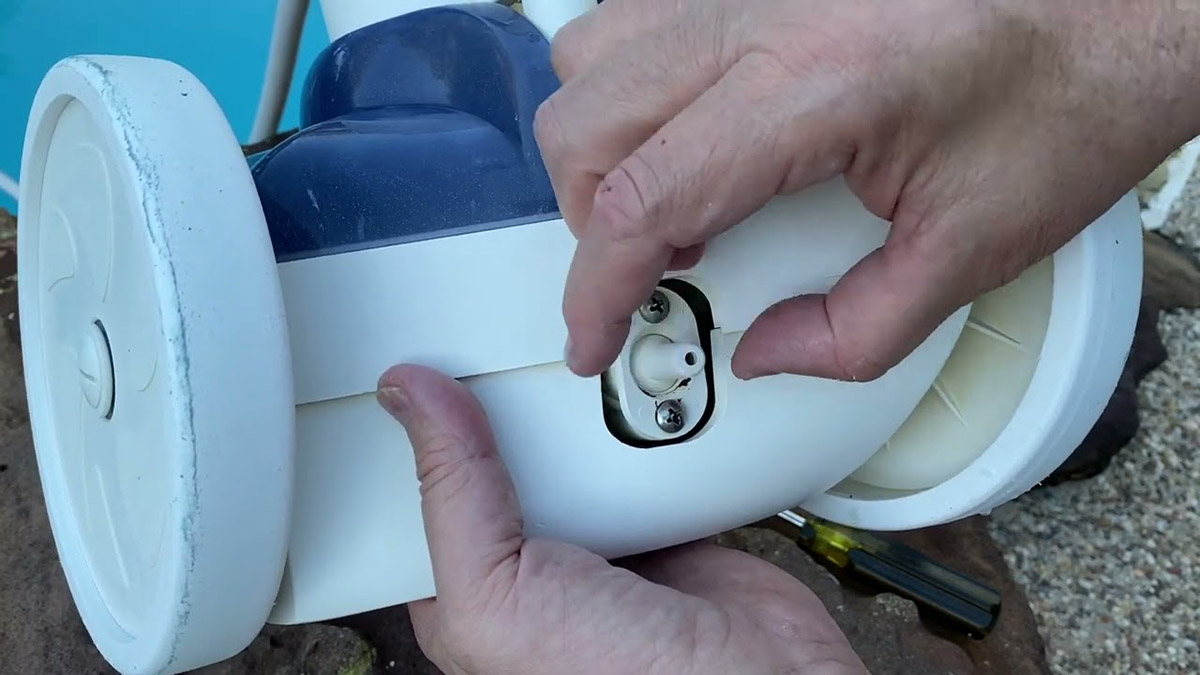
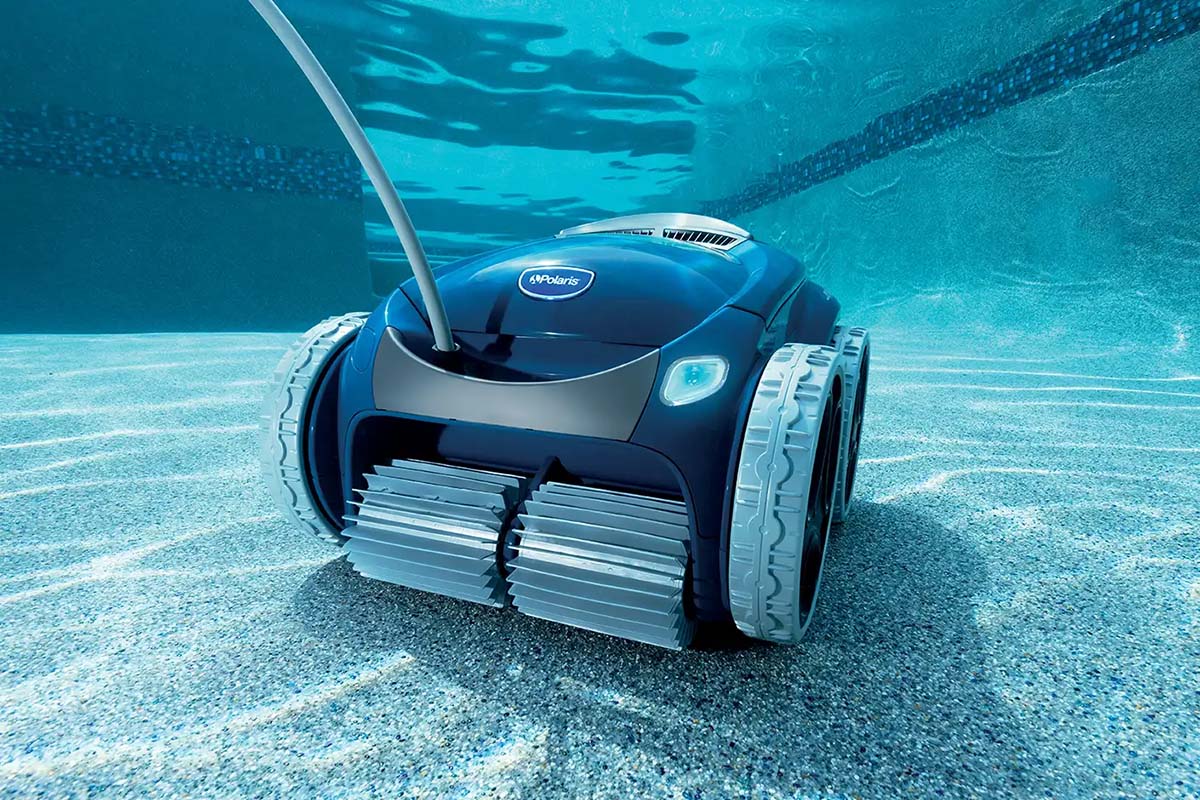
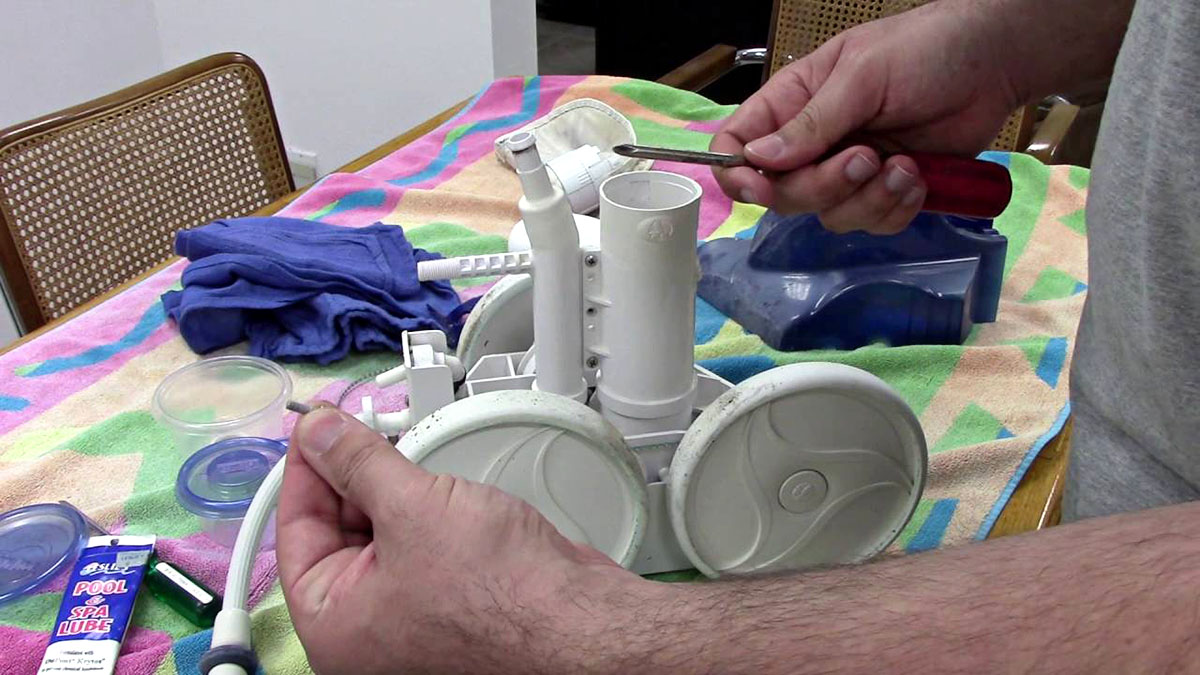
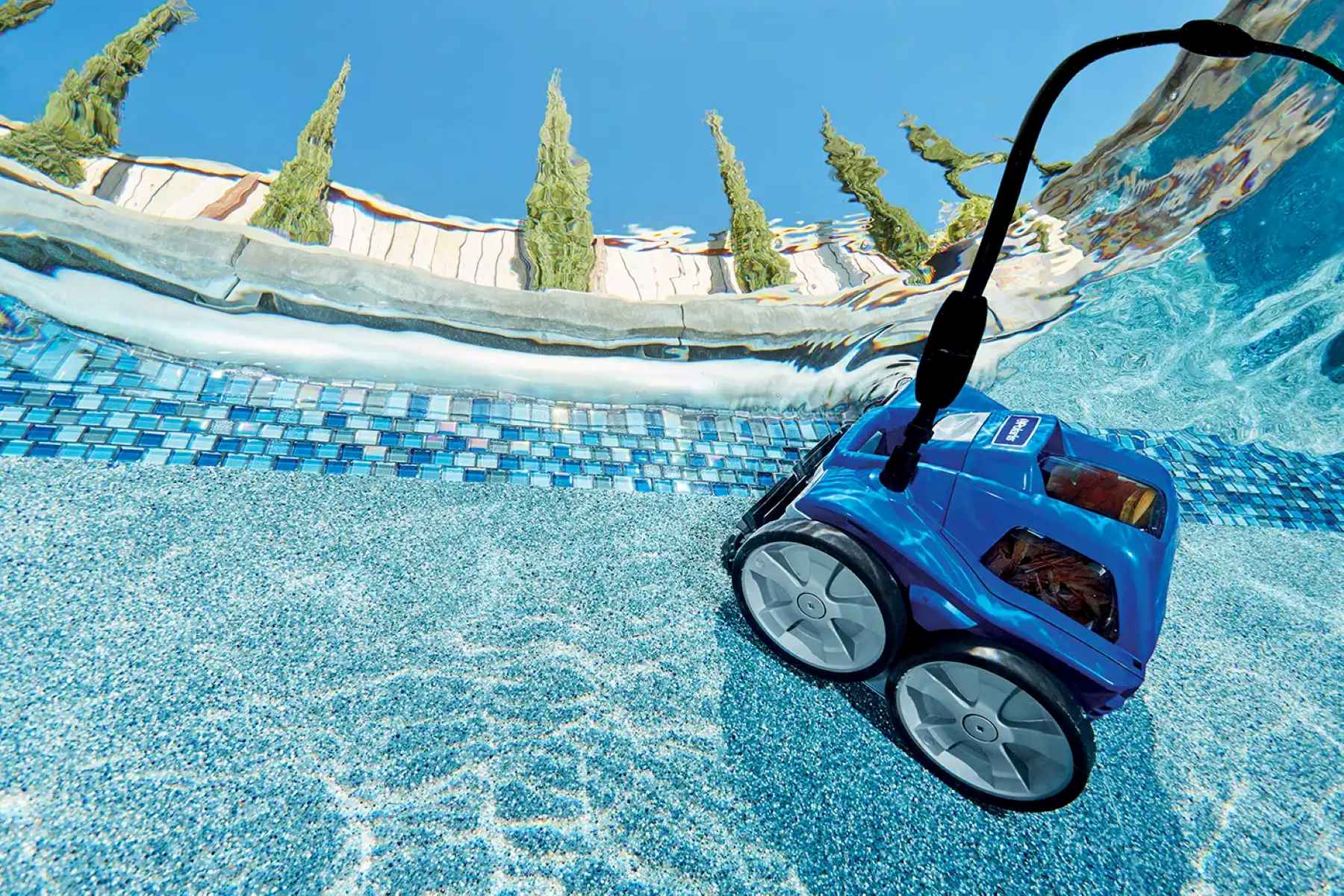
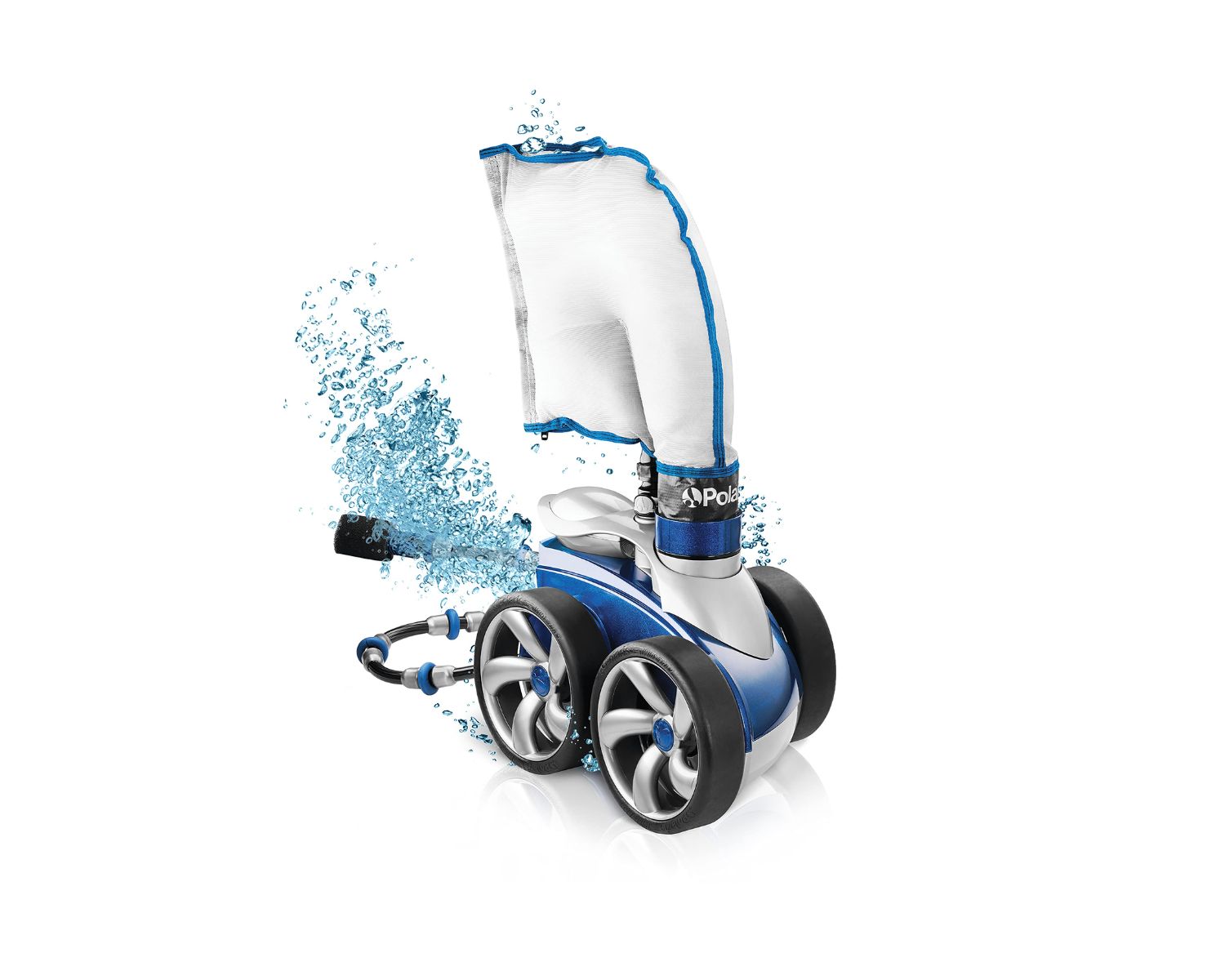
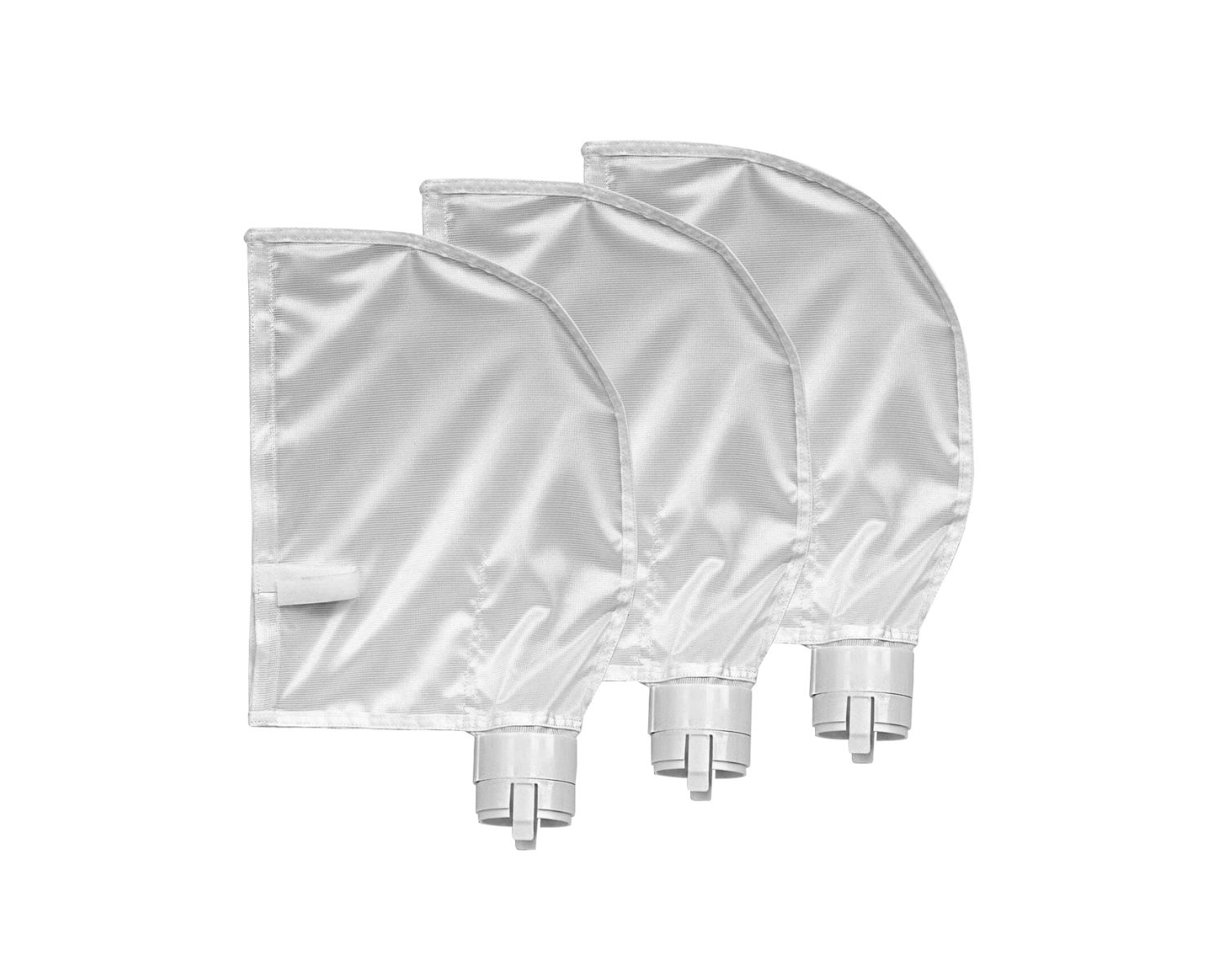
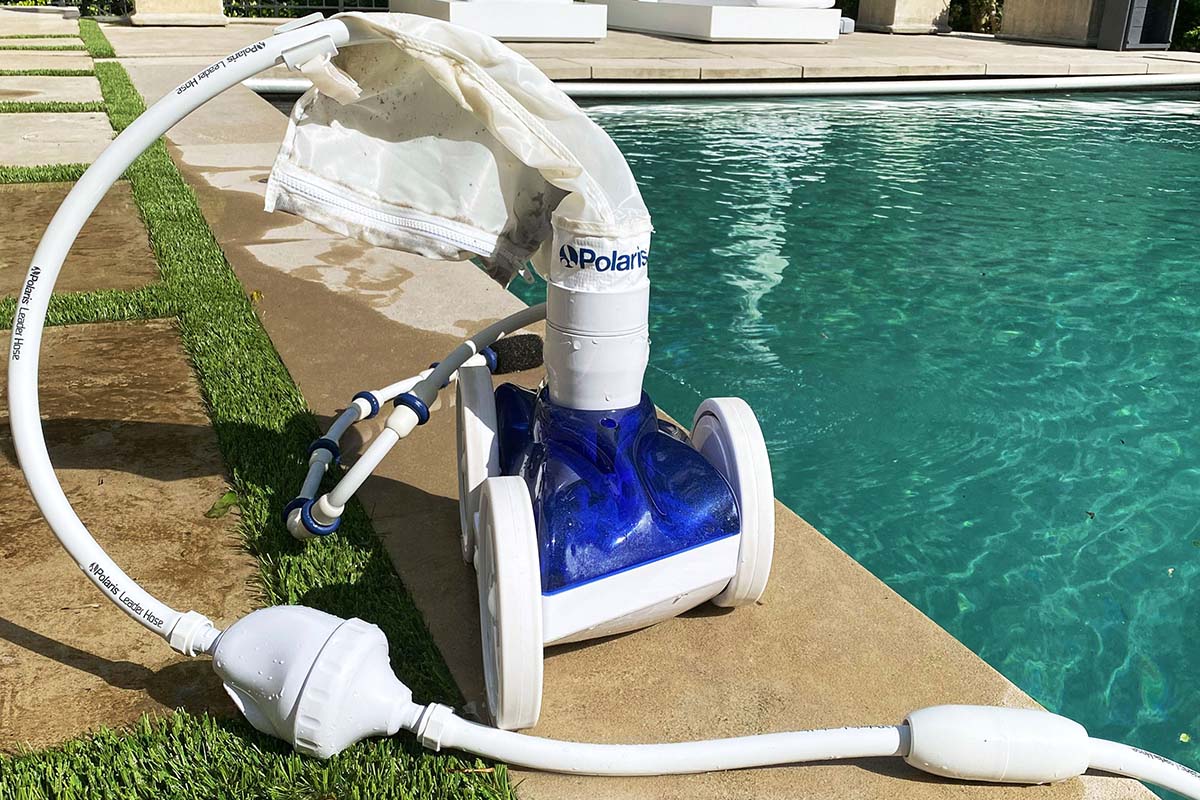

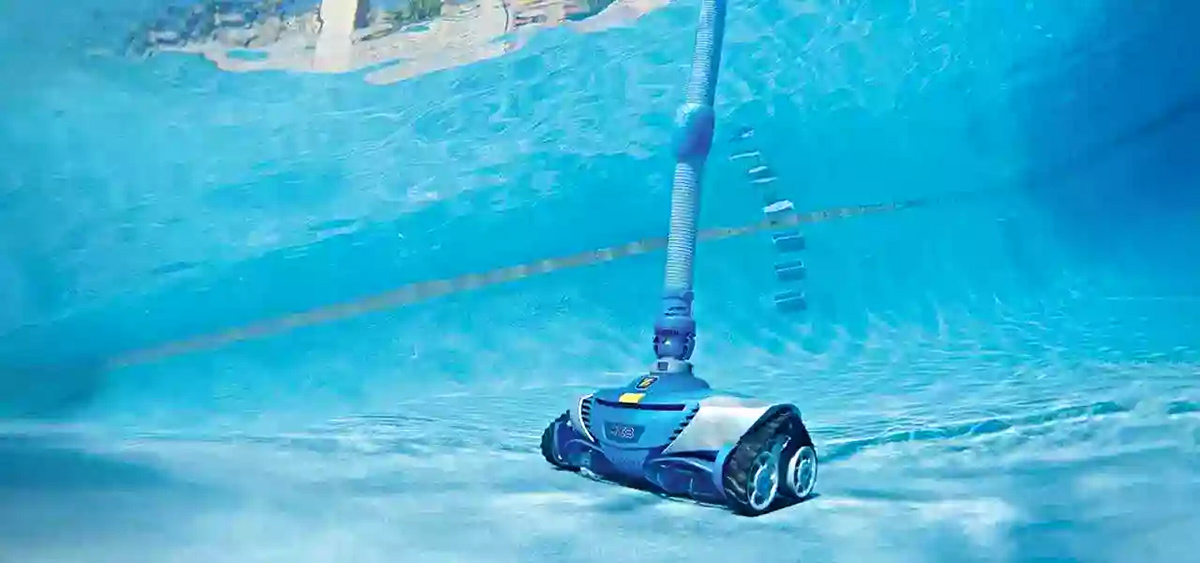
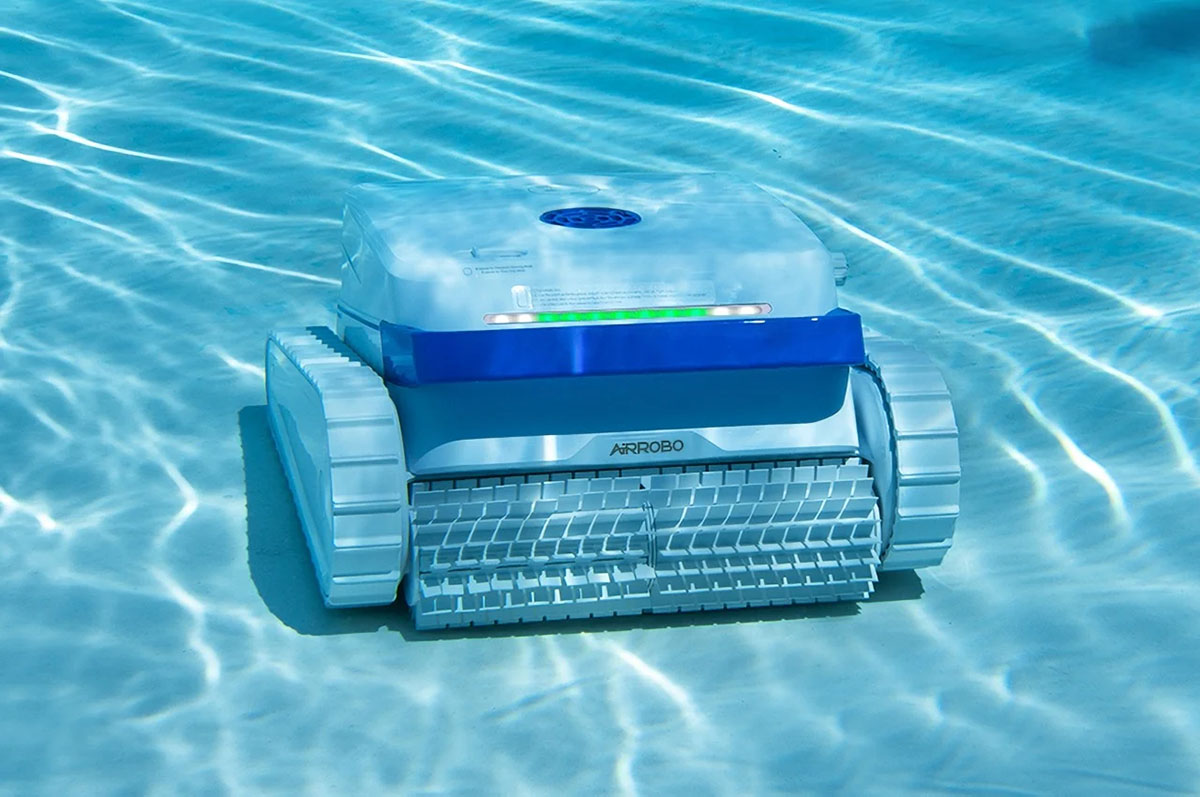
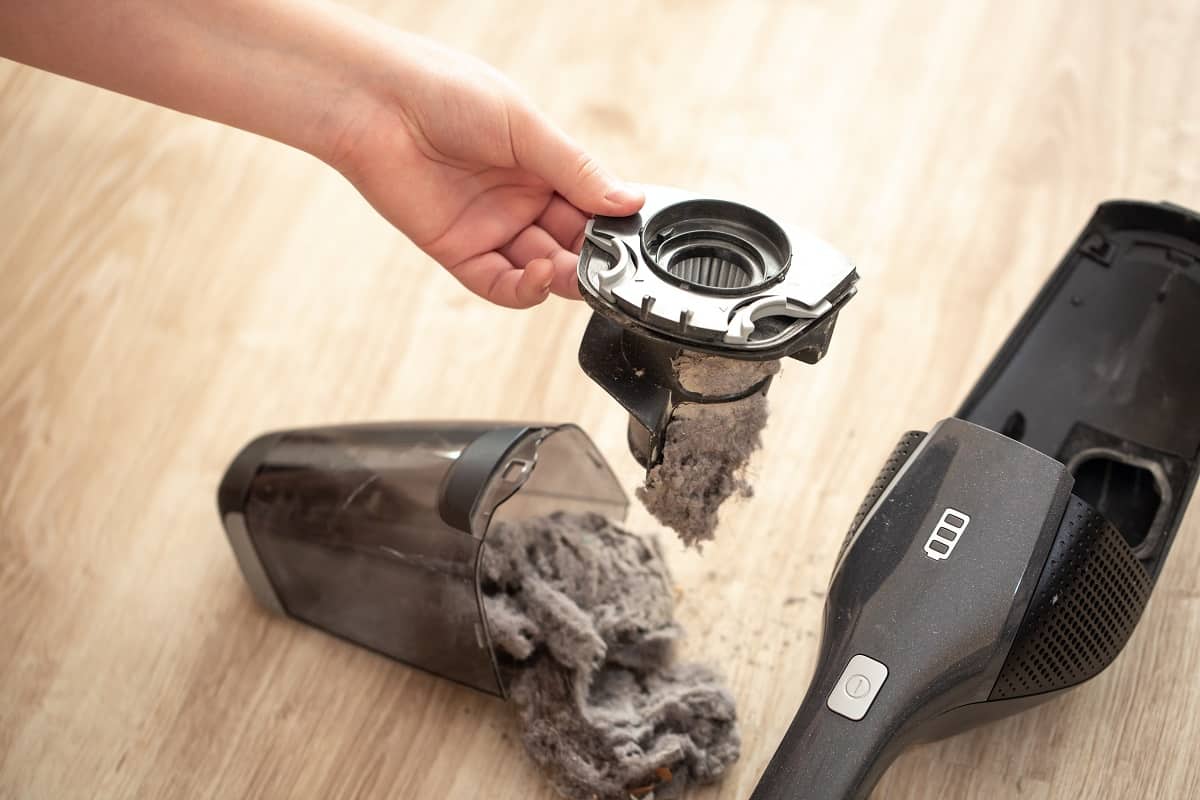
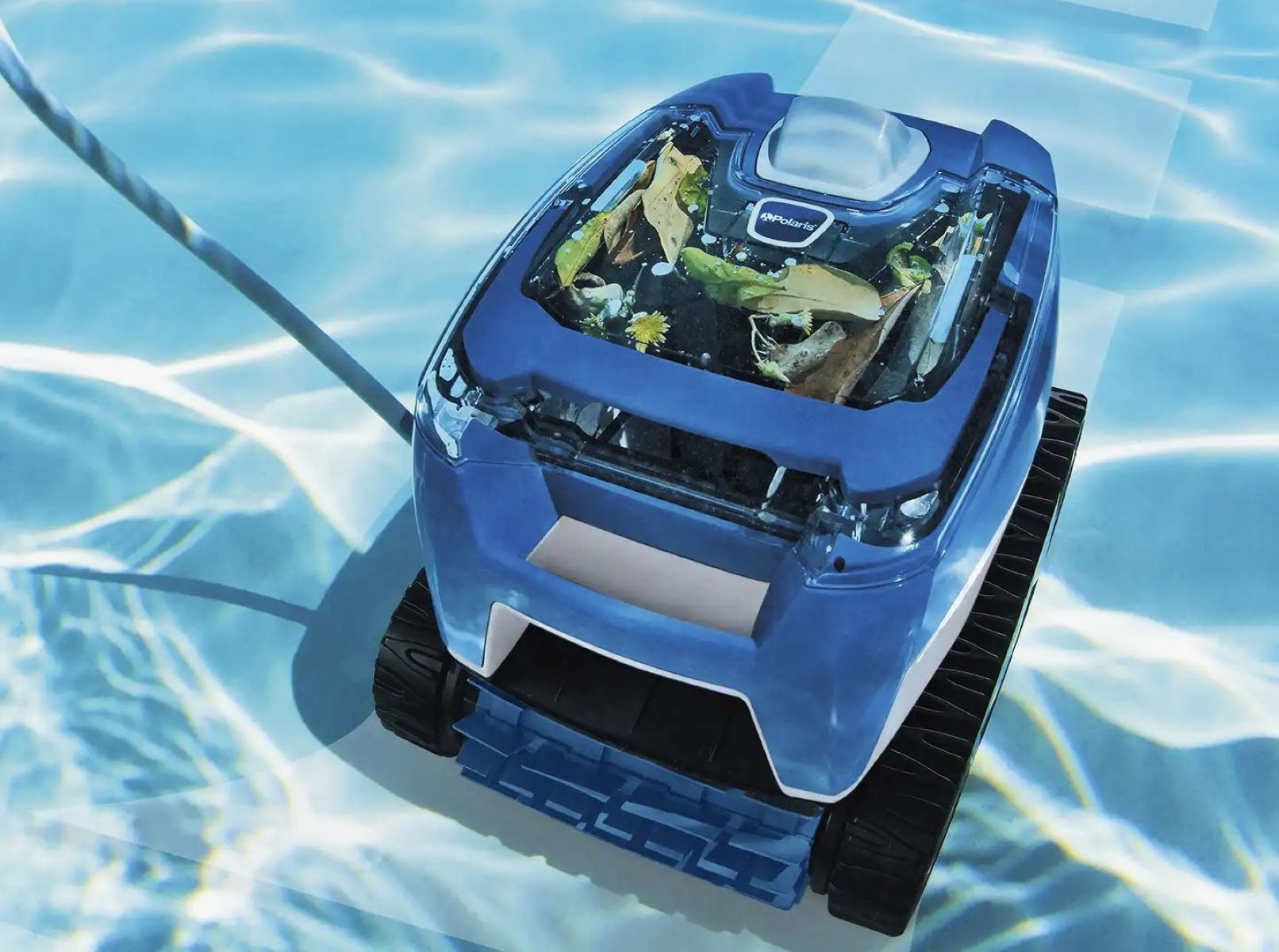
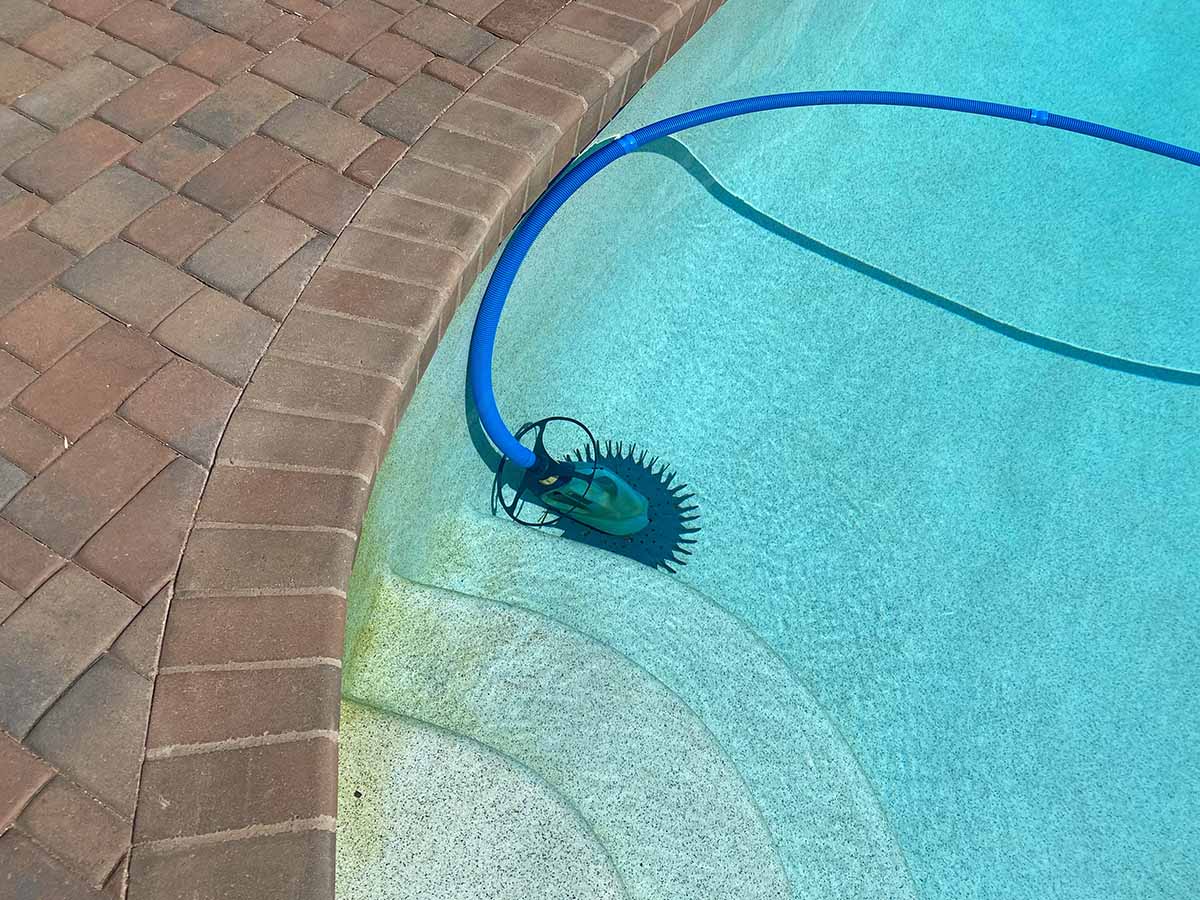
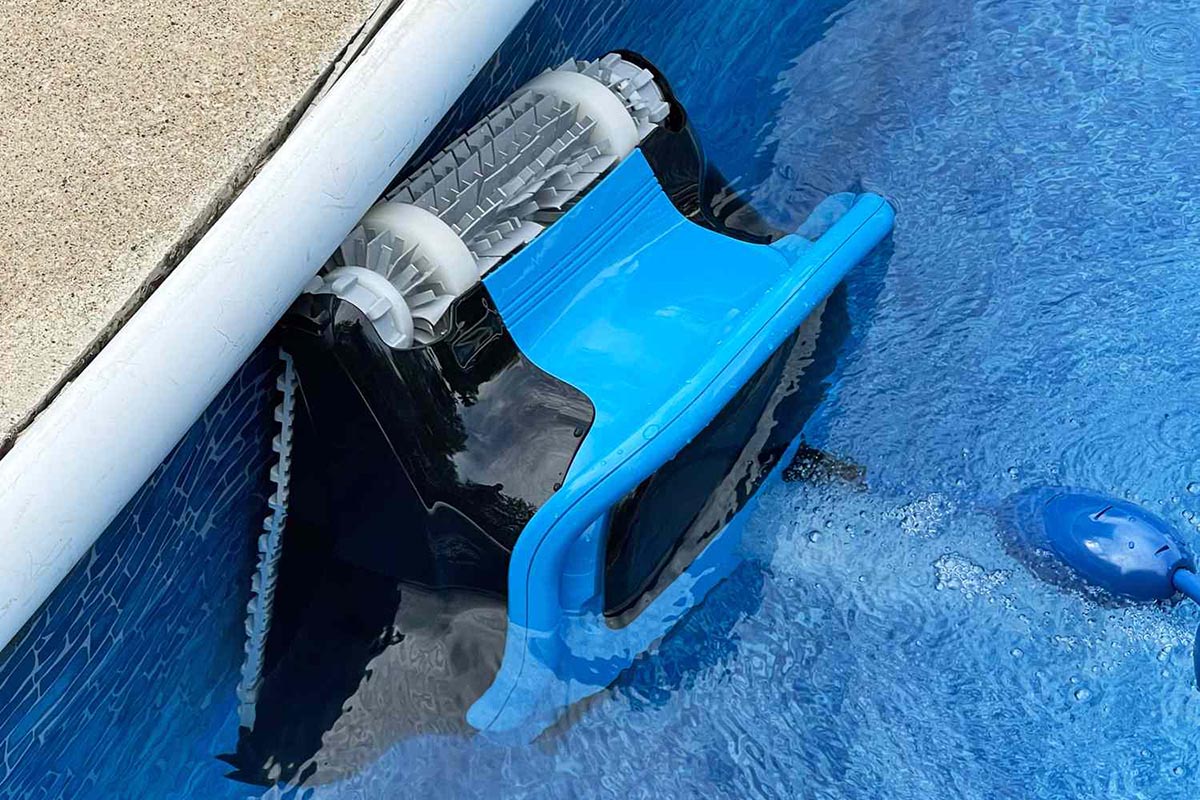

0 thoughts on “Why Is My Polaris Pool Cleaner Not Working”